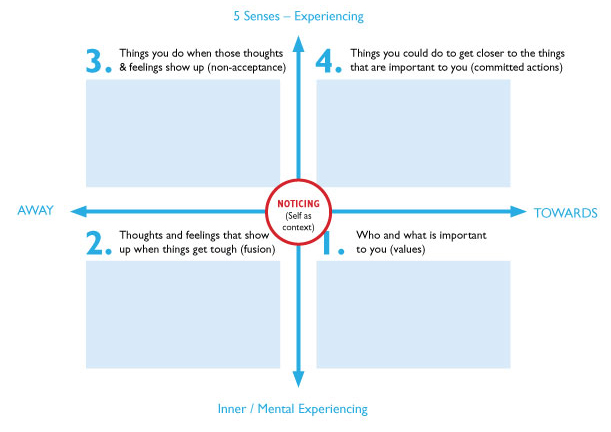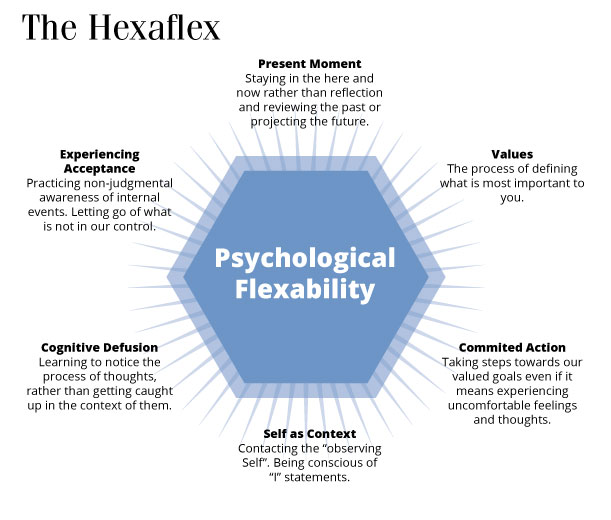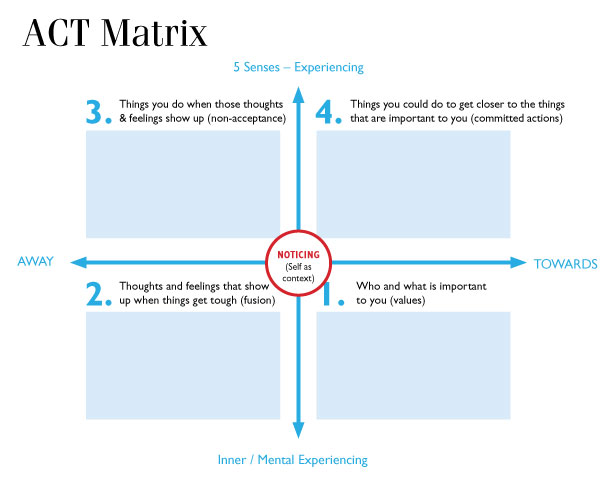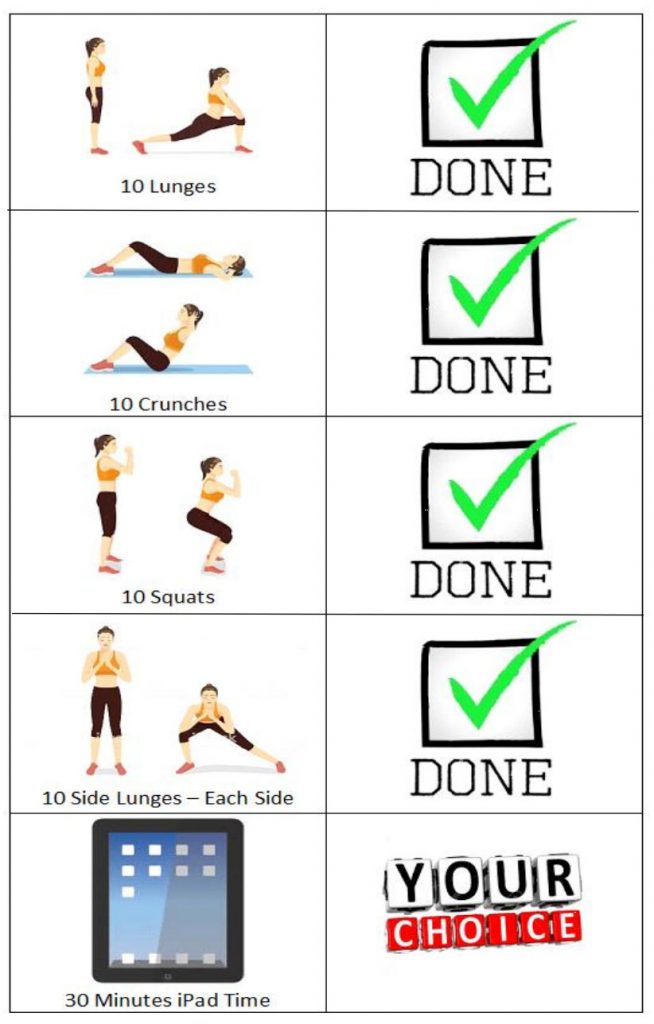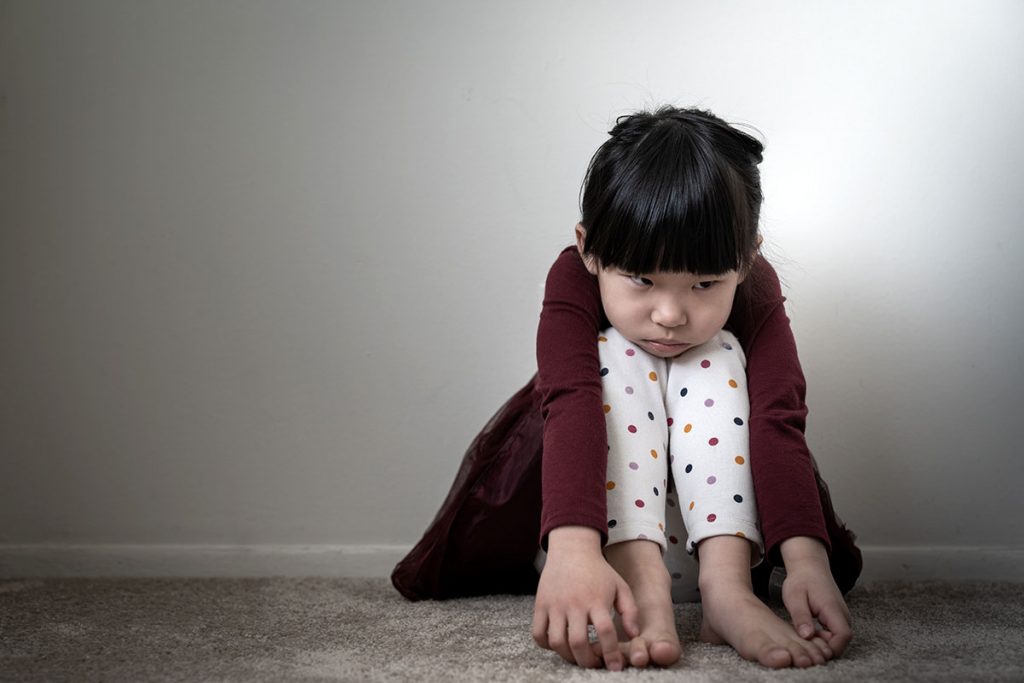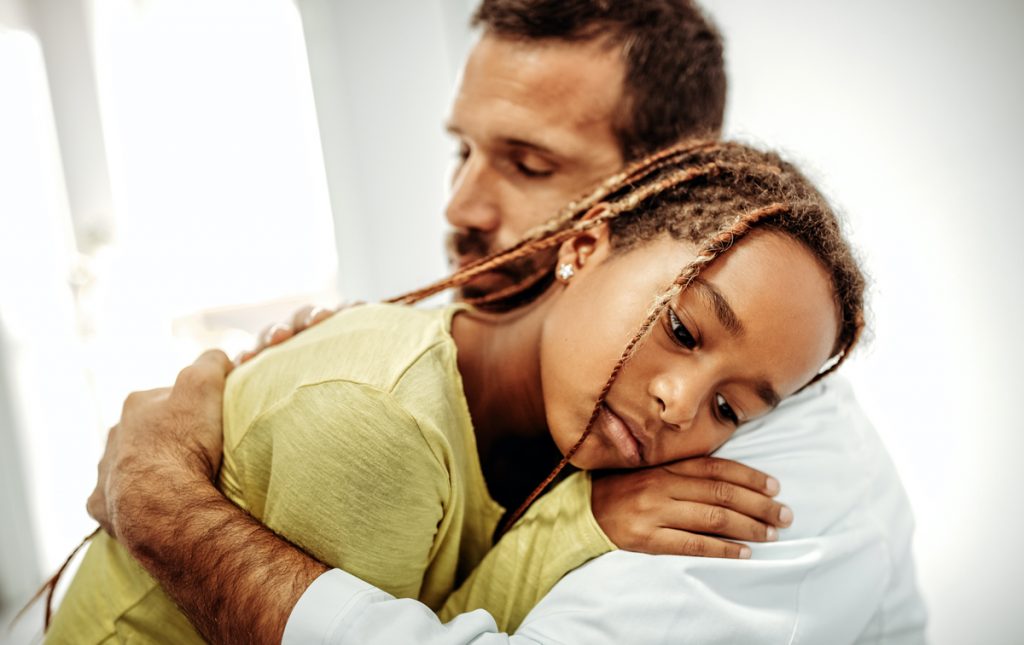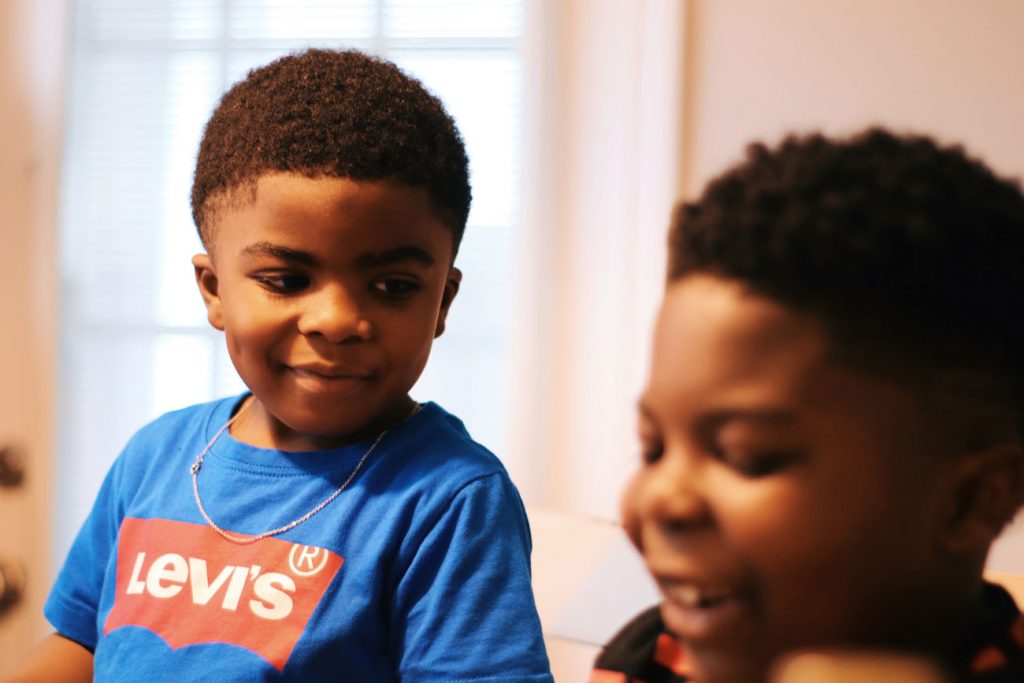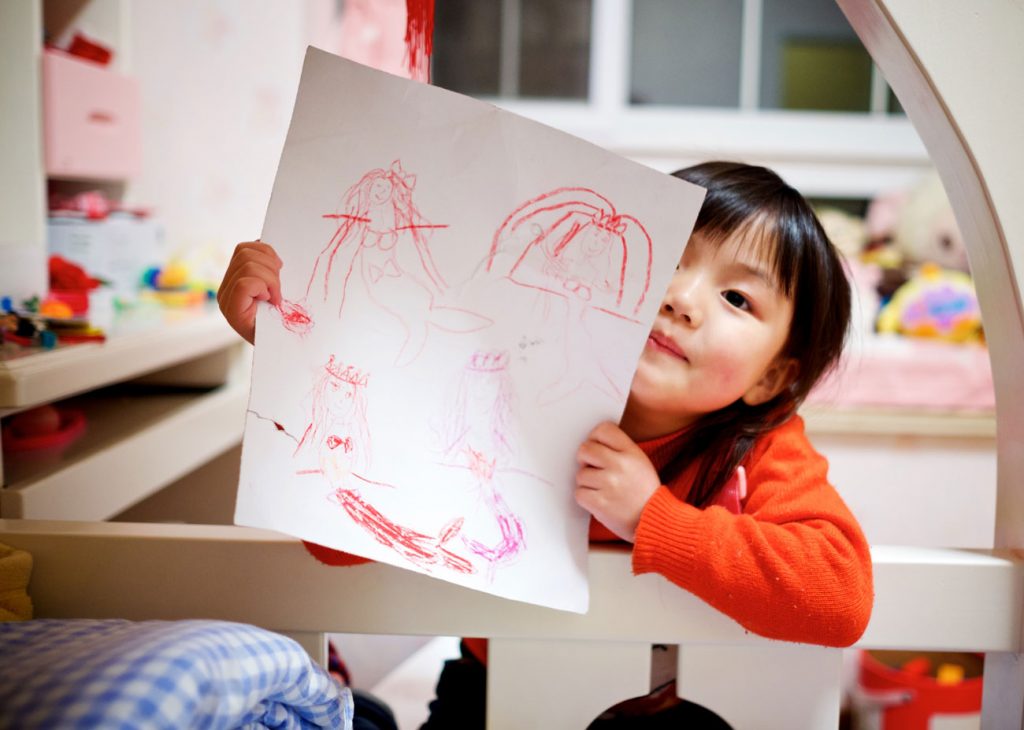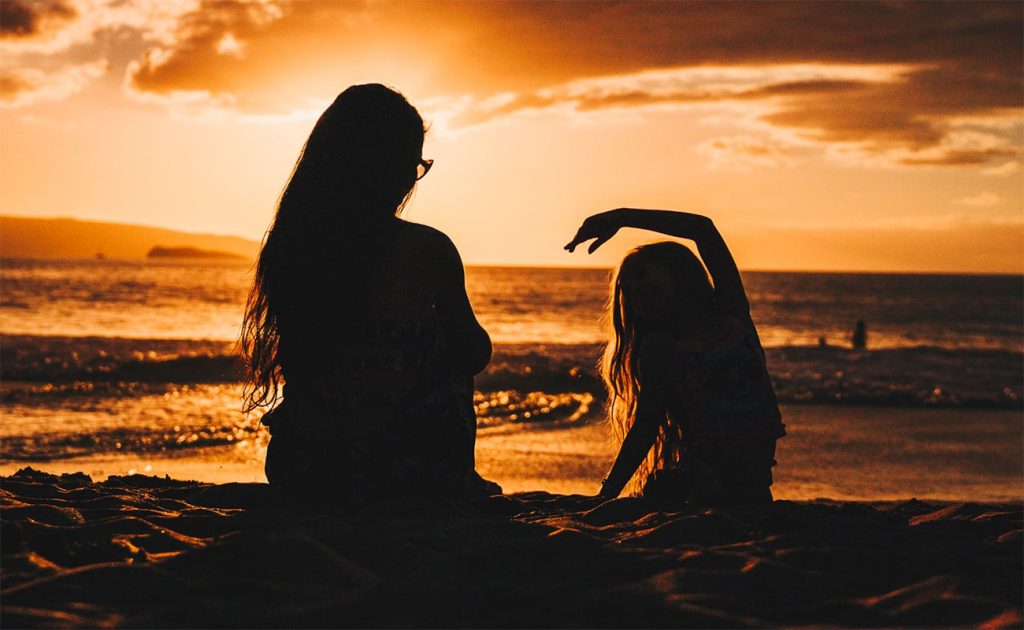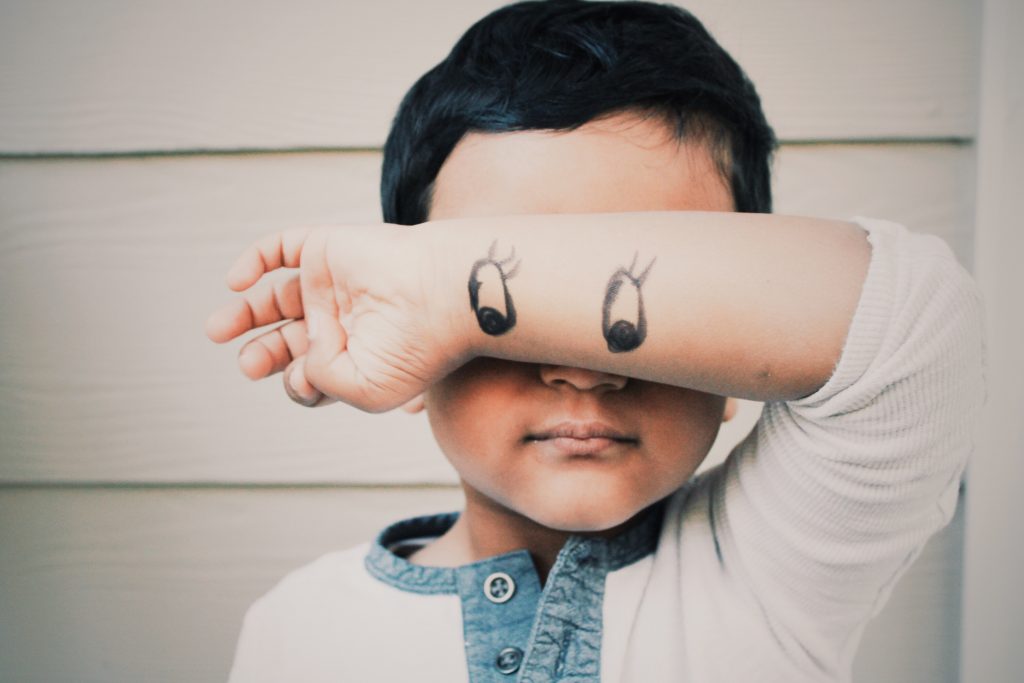
What is Emotional Literacy?
Emotional Literacy is one’s ability to recognize, understand, label and express feelings. This also includes the ability to identify others emotions expressed through spoken language, body language and facial expressions.
Nurturing Emotional Literacy helps children:
- Learn to self-calm and self-regulate
- Develop resiliency
- Express their feelings
- Develop social skills such as empathy, sharing and turn-taking
- Develop positive relationships with others
Children learn Emotional Literacy through:
- Watching children and adults
- Interacting with children and adults
- Receiving guidance from caring adults
As caring, responsive adults we can help children learn emotional literacy by first understanding our own emotions and recognize how feelings and responses to situations impact others. Adults play a key role in modelling positive emotions and responses.
What are the keys to Emotional Literacy?
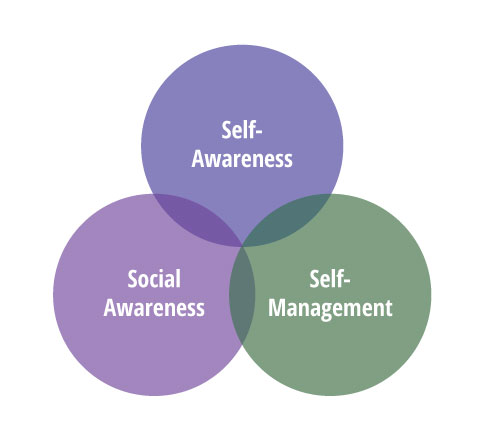
Self-Awareness:
- Recognize our thoughts, feelings, likes and dislikes
- Understand our internal emotional state(s)
Self-Management:
- Show control over feelings and emotions
- Control impulses and reacting in acceptable ways
- Utilize strategies to help keep calm and regulated
Social Awareness:
- Awareness of our connection with others
- Understand social expectations
- Monitor interactions with others
- Make independent decisions
Teaching Emotional Literacy
Before you decide what to teach, consider the skills and interests your child already has. Start at your child’s current skill level to help them build confidence and success in recognizing and labeling their own emotions. You can teach your child emotional literacy using the following methods.
Use common language
- Use clear, specific words paired with pictures of emotions / faces to help your child learn to recognize emotions
- Name your feelings and your child’s and others’ as often as possible
- Talk with your child about emotions and explain what you see and hear
Model
- Acknowledge feelings and emotions, without judgement
- Use kind, respectful language such as “I’m here for you”
- Offer open and positive body language. Avoid arm crossing or standing over your child. Try to move down to your child’s eye level.
- Practice self-calming techniques, such as deep breathing. Avoid saying “breathe” to your child. Instead, model deep breathing and label your own actions.
Practice through stories and play
- Read books, Social StoriesTM or tell real-life stories about feelings
- Act out emotions through role/dramatic play during fun, relaxing times of the day
- Play a game, such as “face charades” (facial expression guessing game) or “emotions dice”
- Make funny faces in the mirror together. Practice all emotions and label these together
Reflect and re-tell
- Avoid extra talking when your child is having difficulty calming down; be present and available.
- Ask your child what happened and listen when they tell their story. In turn, help your child listen to others as they tell their own version of the situation
- Help your child label emotions for themselves; if your child is in the early stages of communication development, use ‘feelings cards’ or pictures to help them express what they are feeling
- For older children or children with a larger vocabulary ask them what they could do differently next time. Give one or two suggestions if the child is unable to identify another solution on their own. Practice the strategy and language together. For example, if a child becomes angry when another child takes their toy, the alternate response would be to teach the child to go to the teacher or to tell the other child “that toy is mine right now”
What are the Benefits of Emotional Literacy?
Early learning and care programs are key environments for children to practice emotional literacy and explore relationships with others. Emotional literacy supports children to have an increased social awareness and develop stronger bonds with others.
Emotional literacy benefits the greater community by encouraging people to appreciate both similarities and differences within others, which strengthens communal values and connectedness.
Remember…
Emotional literacy is important and helps young child learn about their feelings and the feelings of others, but this takes time! Be patient and let your child know that you value and appreciate their efforts. Continue to practice emotional literacy with your child in all daily interactions.

